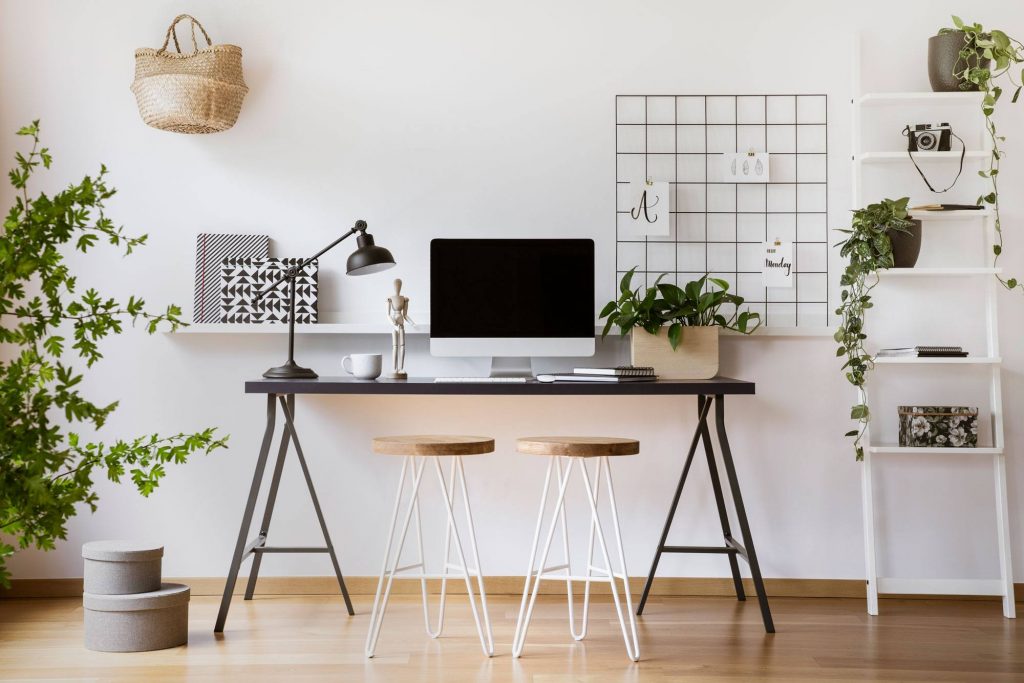Sometimes working from home is easier said than done. If you’ve recently switched to working from home, figuring out how to be productive and organizing your space can be challenging
.
Below are a few steps you can take to create a comfortable work-from-home space and prevent your energy bills from going up now that you’re spending more time at home.
Designate a space as your home office
Finding a healthy work-life balance and dealing with interruptions are two common challenges that most remote workers encounter.
You can address both by creating a designated space that you use solely for working. Remove potential distractions from that space and set up boundaries with family members regarding your work-from-home space.
Comfort matters
It’s important to remember that comfort isn’t a luxury, but it’s in fact something that will help you stay focused and productive when working from home.
Working from your couch can be tempting, but it’s best to sit in an ergonomic desk chair. Keep your computer monitor at eye level and take advantage of natural light if you can. Remember to take frequent breaks to move around and stretch to prevent back pain.
Small things like a wire management solution to corral messy cables, houseplants and wall décor can seem trivial, but they will make your home office more comfortable.
Lighting
Proper lighting can boost your mood and productivity. Consider switching to LED bulbs which are not only energy-efficient, but also provide optimal lighting for your home office.
LED lights use up to 85% less power than incandescent bulbs because they rely on diodes instead of heat to produce light and they also have a longer lifespan.
You can also create an energy-efficient lighting setup by using a mix of natural light and LED lights for task lighting.
Other energy-efficient items to consider for your home office
Modern electronics can also help you save energy and reduce your utility bills. Such as, upgrading your old computer, even if you only replace the monitor.
If you’re taking a break that will last more than 20 minutes, turn your monitor off. Activate the sleep mode on your laptop instead of using a screen saver and explore power-saving options on your phone and laptop. Using the power-saver mode is sufficient if you’re only checking your emails.
Electronics can draw small amounts of power when they’re turned off. You can reduce that passive power consumption by unplugging your electronics or using a power strip with a switch.
Do you want to explore other ways of making your home more energy-efficient? Check out some of our other blog postings on the Dividend Blog today!




